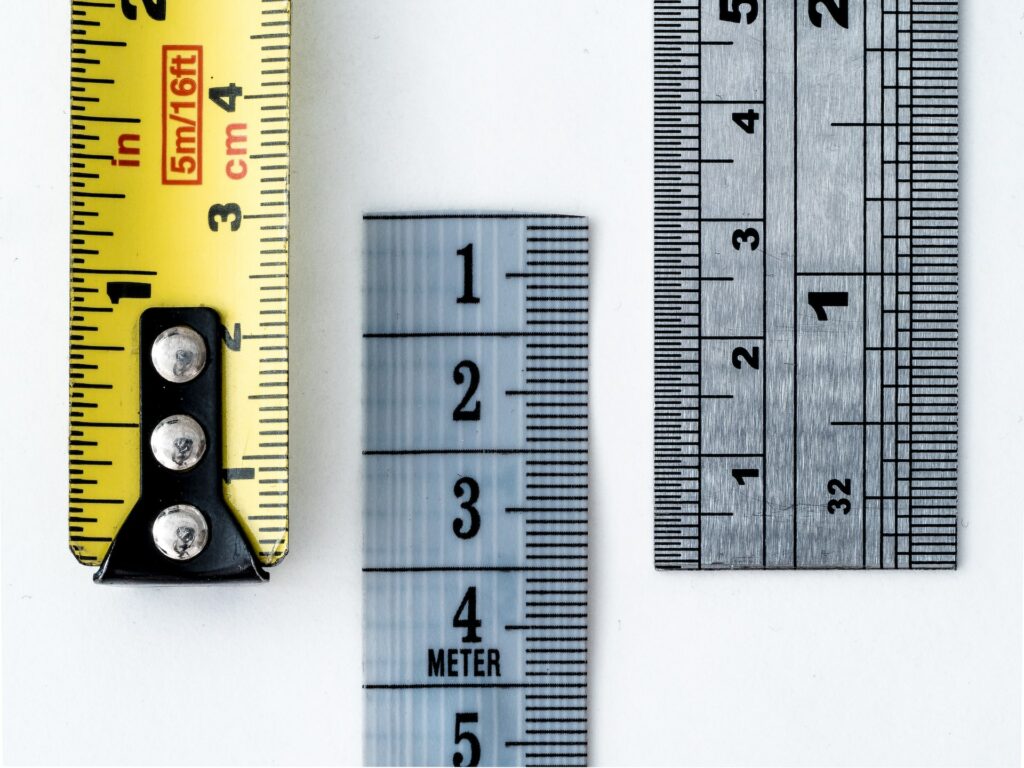This ebook is licensed for your personal enjoyment only. This ebook may not be re-sold or given away to other people. If you would like to share this book with another person, please purchase an additional copy for each person.
If you’re reading this book and did not purchase it, or it was not purchased for your use only, then please return to Smashwords.com and purchase your own copy. Thank you for respecting the hard work of this author.
how many levels in galaga
the space invaders wiki article lists there being 19 waves of enemies, and the 20th wave is an “endless” swarm of aliens. since the wiki also states that waves 21 and beyond recycle waves 1-20 with increased difficulty, we can safely assume that there are at least 19 levels.
the wiki also states that the game continues until the player’s last ship is destroyed, but this is not considered part of the final tally for how many levels you encounter since players can avoid their ships being destroyed during level 20 by simply not letting it get shot down. therefore, there are at least 19 distinct “levels” in space invaders and the number of levels is 22.
Why Use Variables? What Are Variables?
When designing an object, event or function for your game, you will need to assign variables to objects and values for those objects. A variable is a placeholder that can be used in an object or function which will represent something else at different times throughout your game. For example, you could create a variable called HP (hit points) to stand for the health of an enemy character. You can then assign a value to that variable whenever your character receives damage from the enemy. In programming terms, this is known as an ‘assignment’. Variables can also be used in other ways, such as when you create a lot of objects which share the same properties and these properties are set once for all of them at the start of your program. If you change a property of one object, the same change will occur for others with the same properties. Variables can be thought of as a convenience that allow you to keep track of objects and values easily while allowing them to adapt when necessary. For example, if your hero changes from having 100 HP to 10 HP, all other objects in your game which share similar properties will also change to reflect the same HP. This is because if you later said, “my hero currently has 10 HP”, it wouldn’t make sense for this statement to only apply to one individual object in your game when it could instead be applied to all objects with the same properties (such as HP).
Variables can be given mathematical values and used to perform calculations. For example, you could create a variable called ‘score’ to represent your total points. You can then state that “your score is equal to the number of coins you collected plus the number of mushrooms you collected.” Variables can also make use of mathematical operators such as addition (+) and subtraction (-). If you did this, this means that whenever the number of coins or mushrooms you collect changes, your score would also change since it is equal to their sum.
Conclusin
There you have it, a breif explanation on what a variable is and why it’s important to use them. We won’t be going into depth about how variables work or what they’re actually made of for this lesson, but we hope that the information given here has been useful to you!



